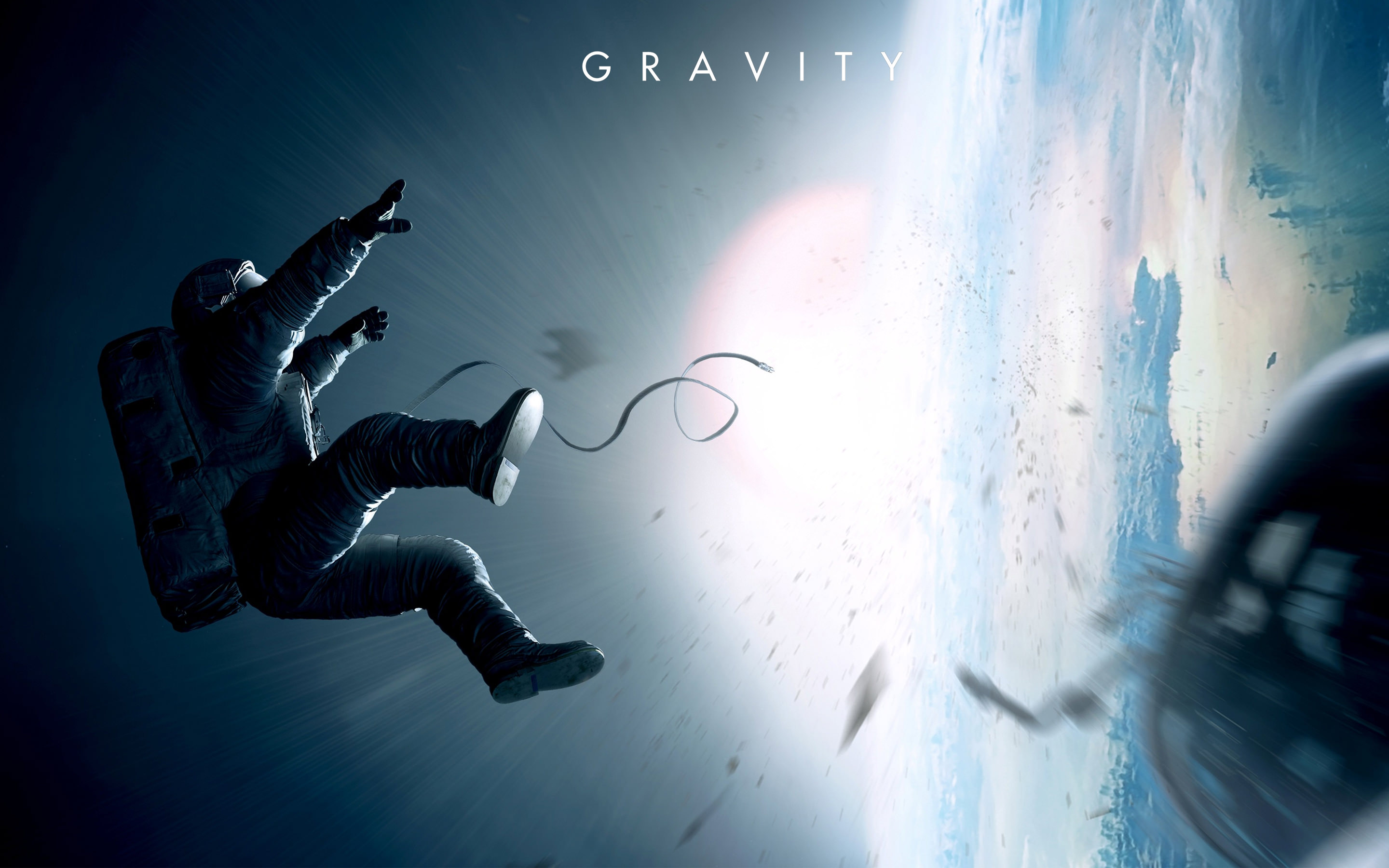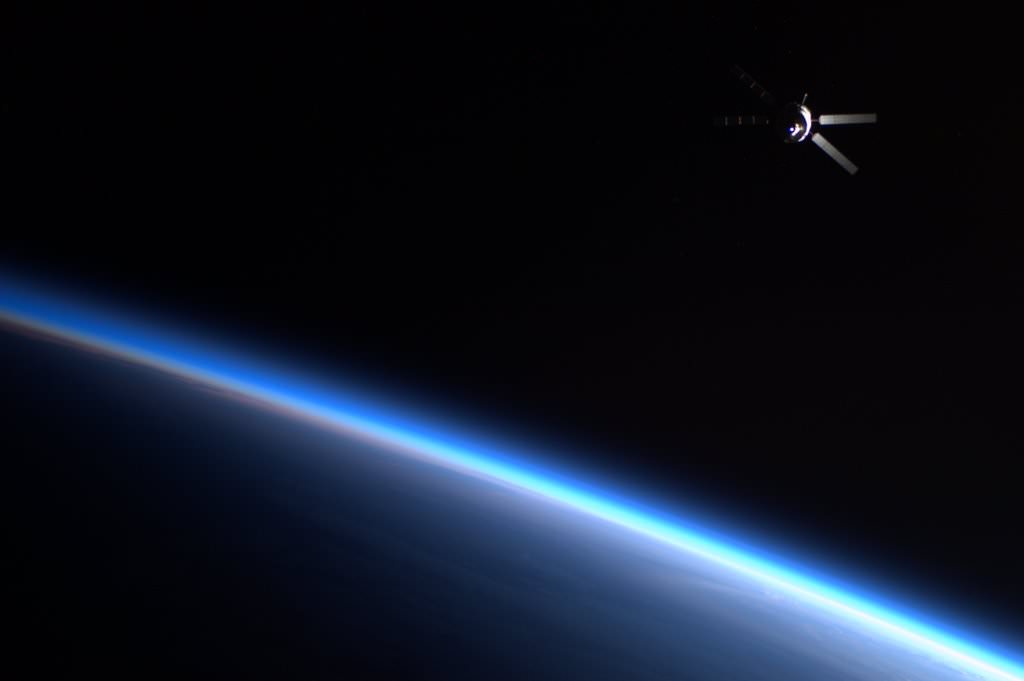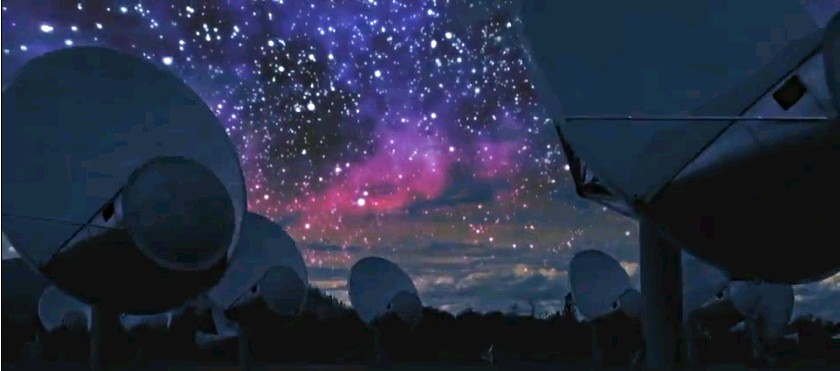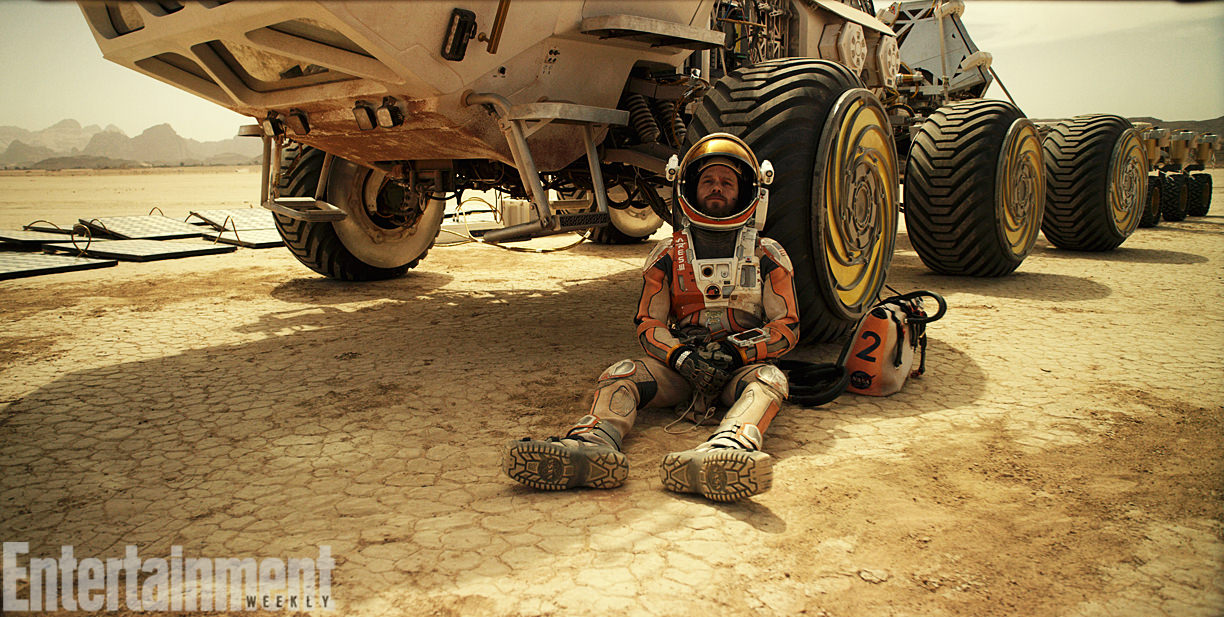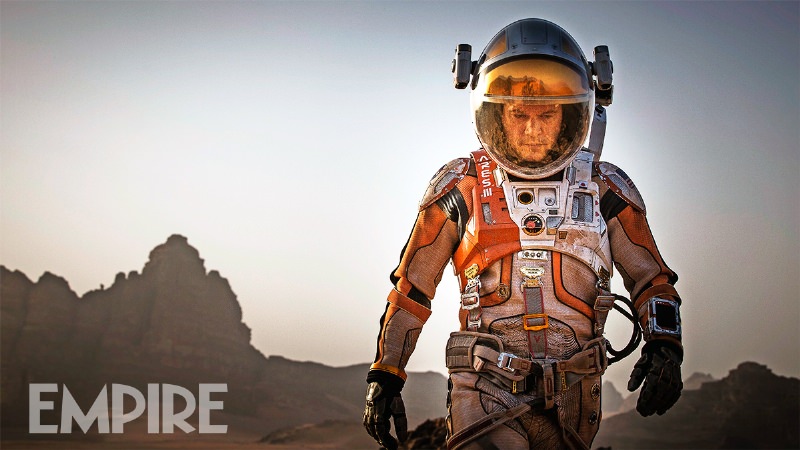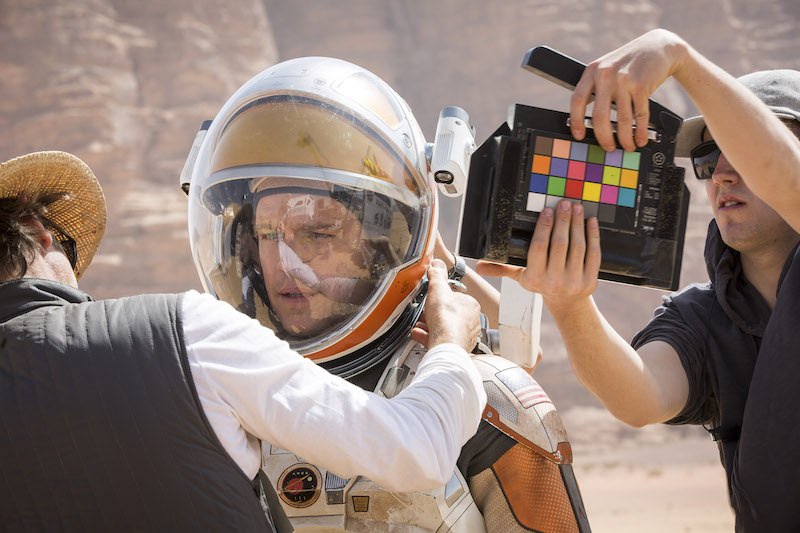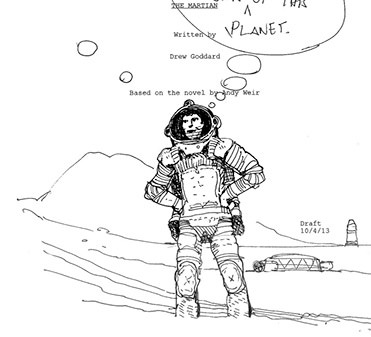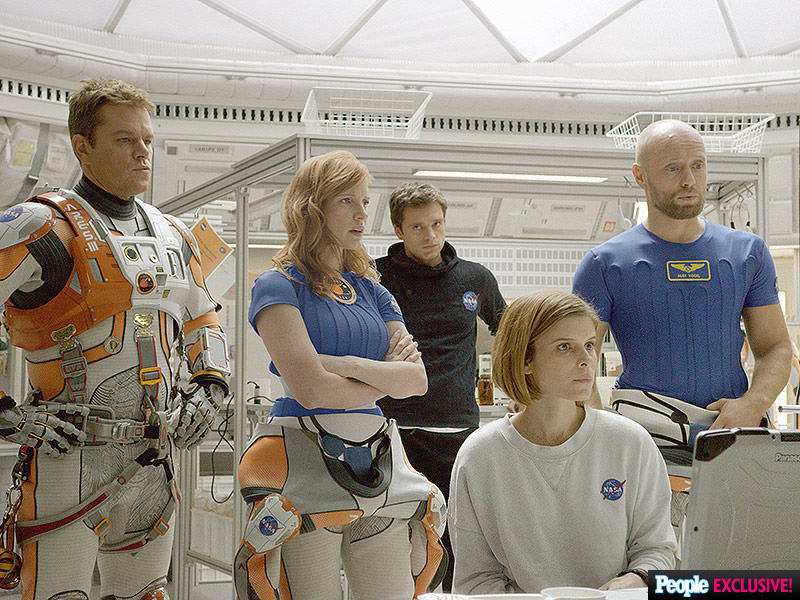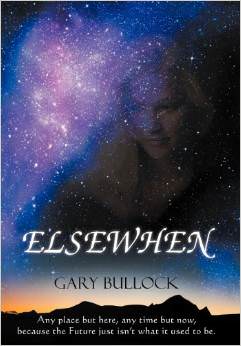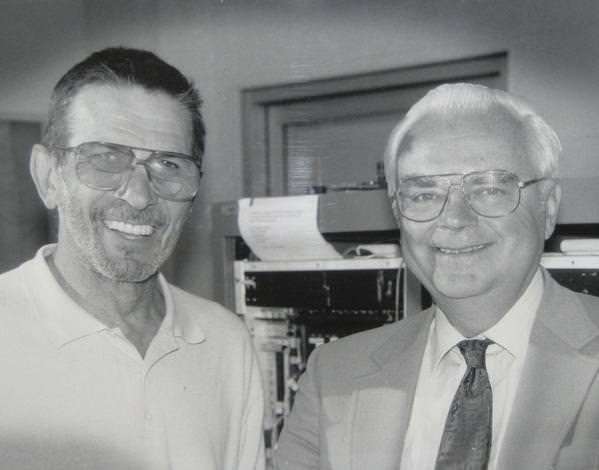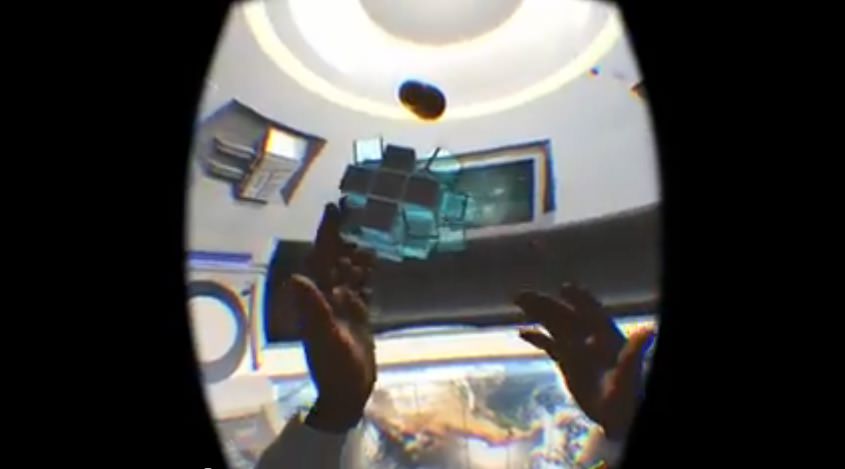Do you remember science classes from way back when? All those laws and rules made it seem like everything was logical and well behaved. Then perhaps with television and movies being a big part of your life you began to wonder whether what you saw was real and unreal. Those things on the big and small screens didn’t seem nearly as well behaved. For instance, can people hear sounds in space? Or, can travelers quickly and easily go from one star to another? If you want to get yourself back on solid footing, get a hold of the book “Hollyweird Science – From Quantum Quirks to the Multiverse” by Kevin Grazier and Stephen Cass. With it, you can sift through a lot of tropes and conceits and glean some wonderful insights of both modern science and modern cinema.
Yes, tropes and conceits are terms from the world of cinema and not of physics. Think of these terms as ‘untruths’ for entertainment that writers use to capture and hold the attention of the audience. As this book describes, writers conjure up these exigencies to meet their demands. Their main demand is to prepare a story that fits into a very limited timeframe and into a very limited budget.
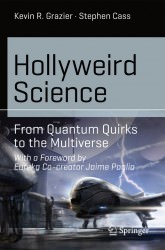 And much of the first part of this book takes the reader on a journey of past and present cinema that involves detailed science. This part of the book substantiates the claim that science in the Hollywood world of cinema is weird, whether it is Superman’s kryptonite, Star Trek’s dilithium crystals or Godzilla’s shear bulk. So how does this book go about proving that the science is weird?
And much of the first part of this book takes the reader on a journey of past and present cinema that involves detailed science. This part of the book substantiates the claim that science in the Hollywood world of cinema is weird, whether it is Superman’s kryptonite, Star Trek’s dilithium crystals or Godzilla’s shear bulk. So how does this book go about proving that the science is weird?
Ah, this is the part that you may either love or hate. The authors include science boxes at regular intervals throughout. These science boxes have the equations you may remember from your early science classes. And the equations include numbers or ratios that show how a trope or conceit is particularly untrue. That is, the authors return to all those laws and rules of science, such as the law of gravity, the formula for acceleration, and the standard chemical composition of ecosystems.
Nevertheless, most of these weird issues are ones that the audience has already accepted and even a science box won’t affect the shear enjoyment. For example, think of Torch, a human that can instantly become a flame even though there’s no fuel. While the authors do raise a general lament on the failure of cinema to faithfully follow science, they do provide some rationalization that the untruth or trope was necessary, whether to fit a timeframe or a budget. Perhaps most promising from this section of the book is that the authors indicate that the typical audience member has become much smarter. In consequence, writers put a lot more reality into their science and even the depiction of alien worlds.
Who knew that learning physics could be so much fun?
Overall, the first third of the book is a fairly light, simple read with not so many science boxes. At about a third of the way in, however, the book transitions from being a discussion of cinema entertainment, with particular attention to its science, and becomes a discussion of science with reference to cinema. Here the science boxes are more detailed and numerous. They assess the possibility of using material from the Earth to kick-start a failing Sun, as done in a movie. Or, the likelihood of the Earth’s Moon being kicked out of the solar system, also done. And there’s much detail on the holy grail of science cinema, the faster than light transportation, as happens in most science fiction cinema.
Reading through this part of the book may bring you right back to your science classes of yore and their laws and rules. That is, it will if your science classes included quantum mechanics, parallel universes and wormholes. Here in the book things get really weird as today’s science has yet to faithfully prescribe the laws. Thus, the authors introduce a whole field of science, add current investigations and then associate the science with somewhat related relevant films. Perhaps, when the science gets this challenging, then it’s a good thing that entertaining cinema can come along and at least introduce the ideas to the general public.
With all the attention that the authors give to the science in this book, the reader will quickly appreciate that the book is not just a simple list of cinema bloopers. Rather, the book’s details provide enough depth of knowledge to allow the reader to hold their own at lunch time conversations when the topic swings around to the science in the latest show or movie. Perhaps it may induce the reader to do a bit more exploring and learning, especially as many current films feature a website that defines the science, the tropes and the conceits. However, cinema is for entertainment and the authors must realize the same holds for their book. So as much as this book has lots of hard science, the authors still keep the book entertaining.
And entertainment is mostly what we want, whether from cinema or books. So even if explosions in space come with a loud bang on the sound track or people fly without space suits up and around the Moon, we the audience are content if we are entertained and we haven’t hit the ‘Oh please!’ moment. If you want to know more about this moment, take a look at the book “Hollyweird Science – From Quantum Quirks to the Multiverse” by Kevin Grazier and Stephen Cass. From it, you can make up your own mind on just what you’re ready to accept as entertaining and what is just too much expectation by the storyteller.
The book is available through Springer at this link.

